Even if two cpu's are handling requests at exactly the same time, and they conflict, then at some stage they will say "I want to do something, which can't be done at the same time as anything else is happening". If two cpus do this at exactly the same time, there will be a predefined order - I would imagine that the lowered-number CPU would get priority.
This blocking will only take a cycle or two - just long enough to say "I lay claim to this resource" (known as a lock). The block will then be unblocked, and the other CPU can resume (so long as it doesn't want to access the same data).
This is hideously oversimplified.
Also, it is not possible for two requests to "come in at the same time" over the network, if there is only one network card - if they come in at the same time, EXACTLY (on a gigabit network), then the two packets will collide; both requests will be retried after a slightly random time, until there is no collision.
Remember, this is running at the clock speed of your computer (e.g. up to 3ghz), so "thousands per seconds" are as nothing. 1 million requests per second, would come out as 1 request per 1000 cpu cycles.
